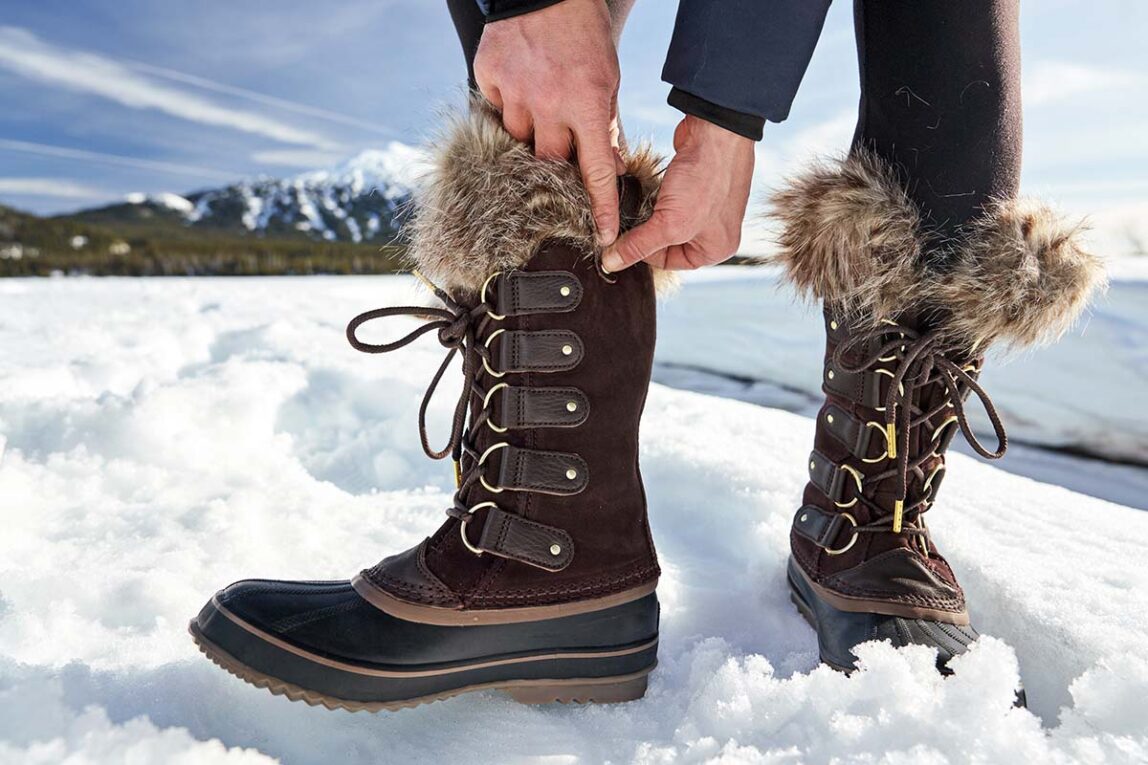As winter approaches, having the right footwear becomes essential for enjoying activities in snowy conditions. Snow boots are a staple for staying warm, dry and protected during snowy or icy weather. With different styles and features to choose from, finding the perfect pair of snow boots is important.
Styles of Snow Boots
There are a few main styles of snow boots to choose from. The style should be picked based on intended use and weather conditions.
Waterproof Snow Boots
For dealing with wet snow or slush, waterproof snow boots are a must. These boots are fully waterproofed with materials like rubber or polyurethane to keep feet completely dry. They often have insulation as well to lock in warmth. Waterproof snow boots are perfect for activities like snowshoeing or extended time spent outdoors in the winter elements.
Insulated Snow Boots
Heavily insulated snow boots provide maximum warmth for feet. The insulation, usually found in the lining, keeps feet cozy even in very cold temperatures. Insulated boots may not be as waterproof as other styles but keep feet toasty for shoveling snow or just walking around on winter days. Thick insulation is a priority for extremely low temperatures.
High Performance Snow Boots
For highly active winter sports, dedicated snow boots offer performance features. These boots are adequately insulated and water resistant while providing ankle support and traction perfect for snowboarding or skiing. The uppers are durable to withstand impacts from falls or collisions with other equipment on the slopes. Performance boots allow for full mobility and control needed for winter sports.
Material considerations
Choosing the right material is important for ensuring Snow Boots can withstand winter weather. Common materials and their properties:
Rubber – Provides excellent waterproofing and traction. Rubber snow boots are very durable but may not breathe as well as other options.
Leather – Durable leather uppers give boots a classic look. Must be treated to be fully water resistant. Breathes better than rubber.
Faux Fur – Provides extra insulation while keeping feet warm and cozy. May not be as waterproof as other materials. Best as a lining inside waterproof uppers.
Nylon – Lightweight and water resistant nylon fabrics are great for uppers. Dries quickly if it gets wet.
Polyurethane – Completely waterproof membrane keeps feet dry in any conditions. Very durable and breathable material commonly used to construct boots.
Insulation options
For ultimate warmth, snow boots utilize different insulating materials between the lining and outer materials:
Synthetic Insulation – Made of polyester or acrylic fibers, synthetic insulation dries quickly if it gets damp. Very effective down to freezing temperatures.
Down Insulation – Waterfowl down clusters trap more heat than synthetic.Luxurious warmth but loses effectiveness when wet. Needs water resistant shell.
Faux Fur Lining – Plush faux fur feels cozy against skin. Provides light insulation and moisture wicking. Best as secondary liner, not primary insulator.
Fit and comfort features
Fit is essential to keeping feet happy all winter long. Look for snow boots with:
Removable Liners – Liners can be taken out to dry after wear or be replaced if they break down over time.
Padded Tongues/Collars – Foam padding prevents pressure points and ensures a snug, cozy fit around ankle.
Rocker Profiles – Slightly curved sole allows natural foot flexion for comfort while traversing trails.
Spacious Toes – Avoid tight toe boxes that can cause discomfort, especially with thick winter socks.
Cushioned Footbeds – Extra cushioning underfoot makes long days in boots more comfortable. Many are removable for replacement.
Traction soles
Keeping a solid footing on slippery surfaces is critical in snowy or icy conditions. Snow boots with excellent traction capabilities provide stability and safety:
Aggressive Lug Patterns – Deeply grooved lug soles bite into hard pack snow or grab on ice with secure traction.
Metal Cleats – Sharp metal teeth provide maximum grip on ice but can damage surfaces indoors.
Edgeless Soles – Flat soles without edge definition are safest for slippery indoor surfaces like tile or hardwood.
Rubber Compounds – Hard, durable rubber compounds don’t lose grip when freezing temperatures set in.
As the cold weather sets in, having reliable snow boots ready will keep feet happy all season long. With styles suited to different uses and conditions, the right pair of snow boots protects extremities from winter’s elements. Quality boots can last for years of winters with proper care. Be sure boots are broken in before first snowfall to avoid blisters later. It’s never too early to get geared up – winter is coming!
*Note:
1. Source: Coherent Market Insights, Public sources, Desk research
2. We have leveraged AI tools to mine information and compile it

